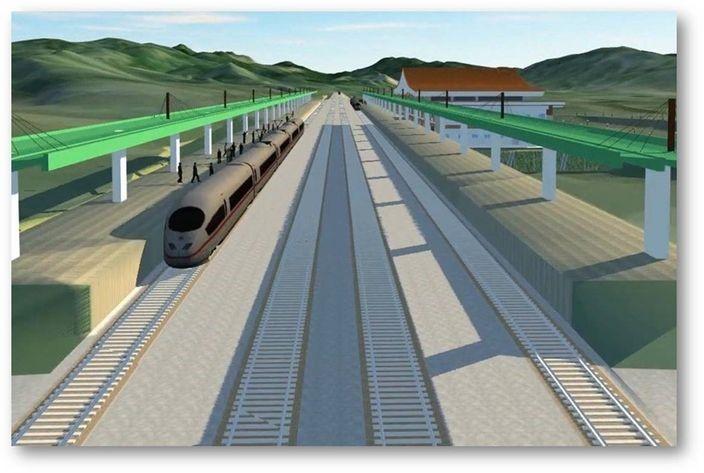[Webinar] Using BIM to Power your Rail-Led Transportation Strategy

You don’t have to go far to hear concerns about infrastructure decay in the U.S. In 2017, the American Society of Civil Engineers (ASCE) ranked the country’s infrastructure at a D+ grading.
“The infrastructure is in poor to fair condition and mostly below standard, with many elements approaching the end of their service life. A large portion of the system exhibits significant deterioration. Condition and capacity are of serious concern with strong risk of failure.”
On the plus side, America’s rail network gained a B rating from the ASCE. Notably, the private freight network continues to make significant capital investment to ensure the network’s good condition. But challenges remain, particularly in passenger rail which faces two problems – an aging infrastructure and insufficient funding.
For example, ASCE found that while safe to operate, much of the Northeast Corridor rail infrastructure is beyond its useful life, increasing maintenance costs and reducing system reliability. The average age of backlog projects is 111 years, including 10 moveable bridges, three sets of tunnels, and one viaduct. In addition, ASCE notes that upgrades and repairs to basic infrastructure items like signals, power systems, and tracks, as well as service improvements projects like adding capacity, are needed to meet growth and demand.
Doing More with Less
For government engineers and public works departments responsible for rail projects, doing more with less is a familiar challenge. Fortunately, technology developments are helping those involved. Building Information Modeling (BIM) for railway design can help minimize rework and improve collaboration on the design and construction for stations, bridges, tunnels, and railway. With Autodesk InfraWorks preliminary design software, for example, designers and engineers can create large-scale infrastructure models in real-world context from existing data sources, then centrally publish, store and manage them in a secure cloud environment – a truly connected BIM process.
Because these models are created at the beginning of a project, engineers can more easily generate preliminary design proposals with a level of detail previously unimaginable. InfraWorks models can include the full 3D context of the surrounding area of a project, like a city or even an entire country, allowing engineers and planners to get a good sense of the project constraints, challenges, hazards to avoid, as well as opportunities in real time, enabling them to make better decisions about the constructability of a project – saving time and money.
You can see the software at work here on this City of Aurora, CO, light rail project.
Another model-based solution which also introduces efficiencies into rail design and engineering is AutoCAD Civil 3D which includes several rail tools for track design and corridor modeling.
To learn more about how InfraWorks and Civil 3D can be used on successful rail projects, check out this webinar from Autodesk on August 23, 2017 (don’t worry if you miss it, it will be available on-demand so you can watch at your leisure). The webinar will cover:
• Using InfraWorks for early project planning and communication
• Using Civil 3D for detailed rail design
• Common challenges in rail design projects
• Top benefits of using Autodesk technology for rail design
















































